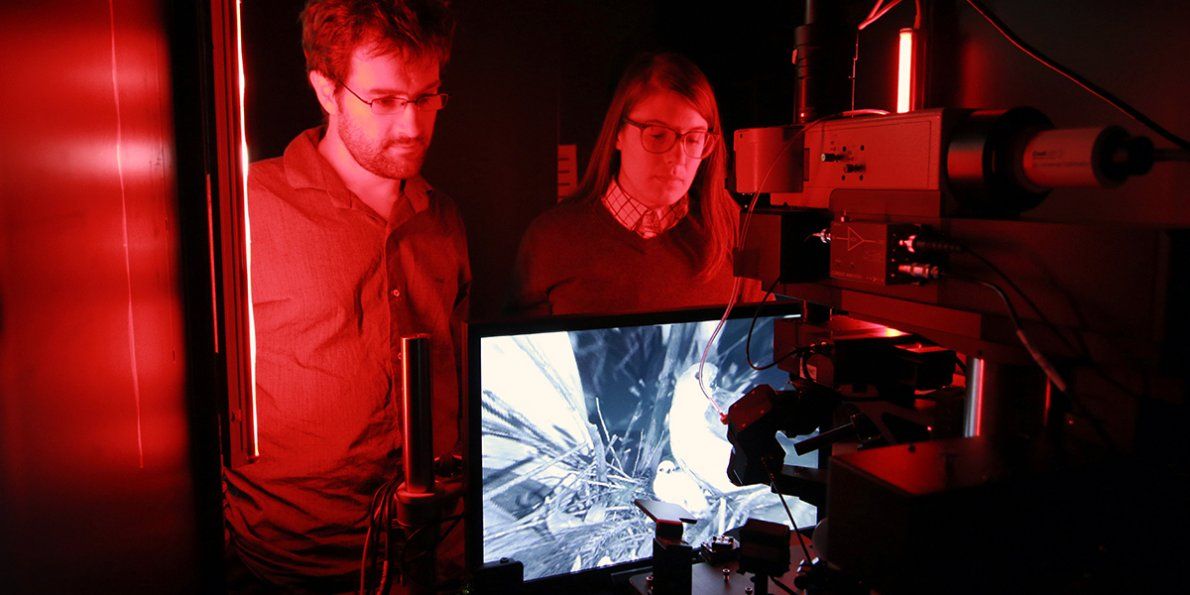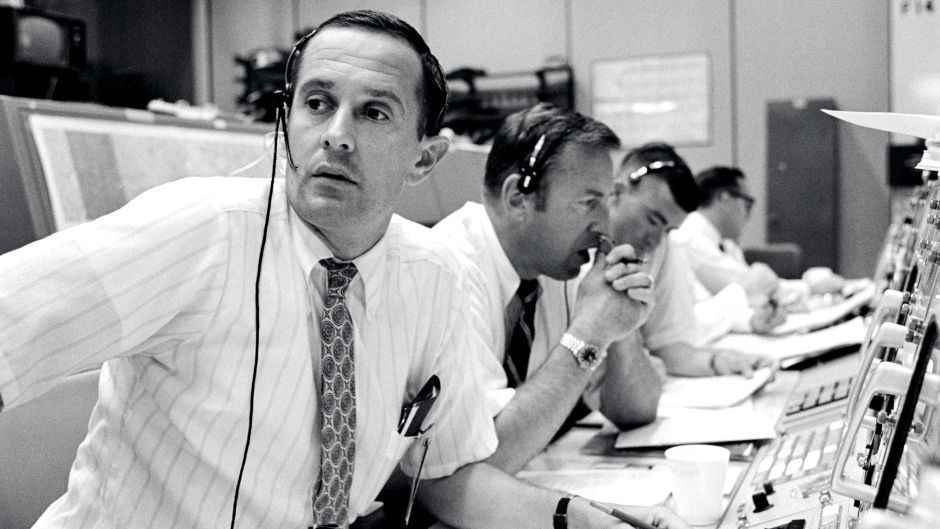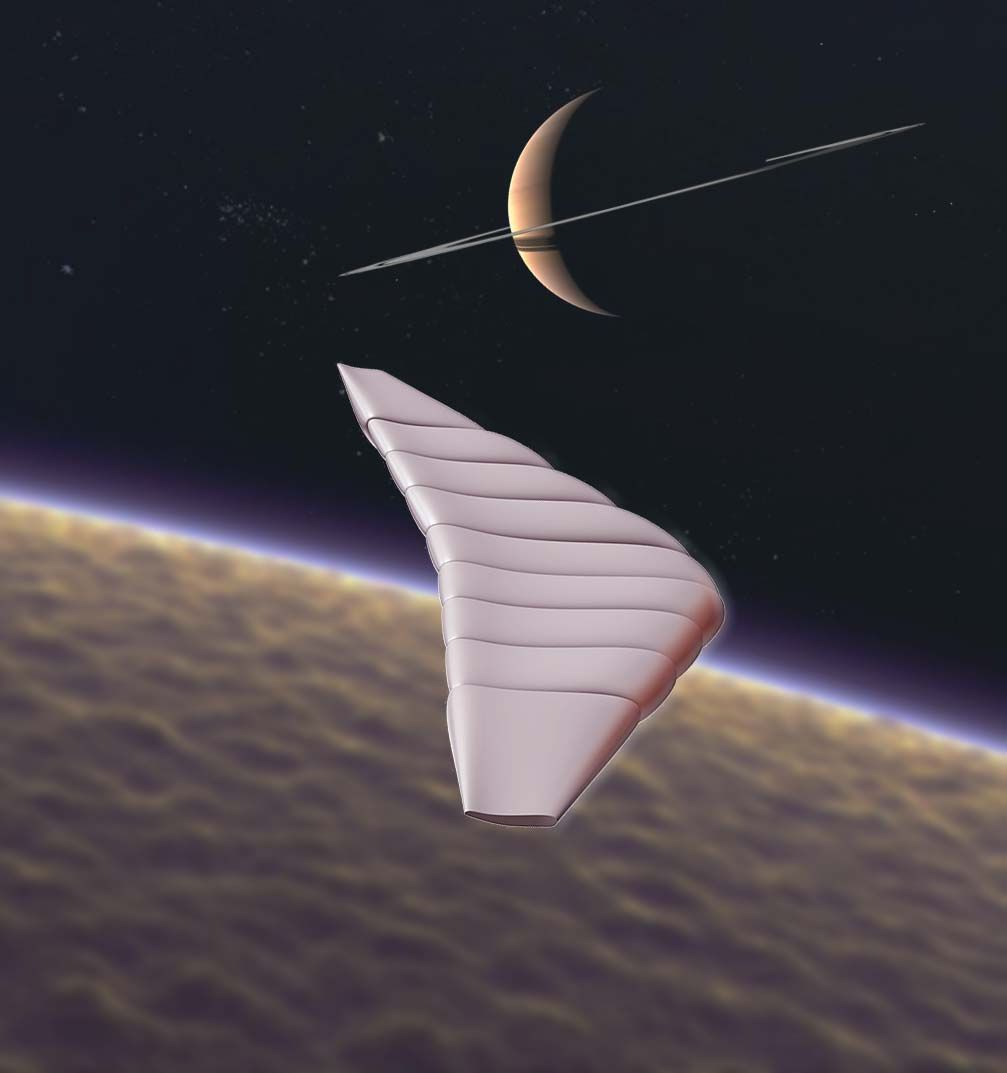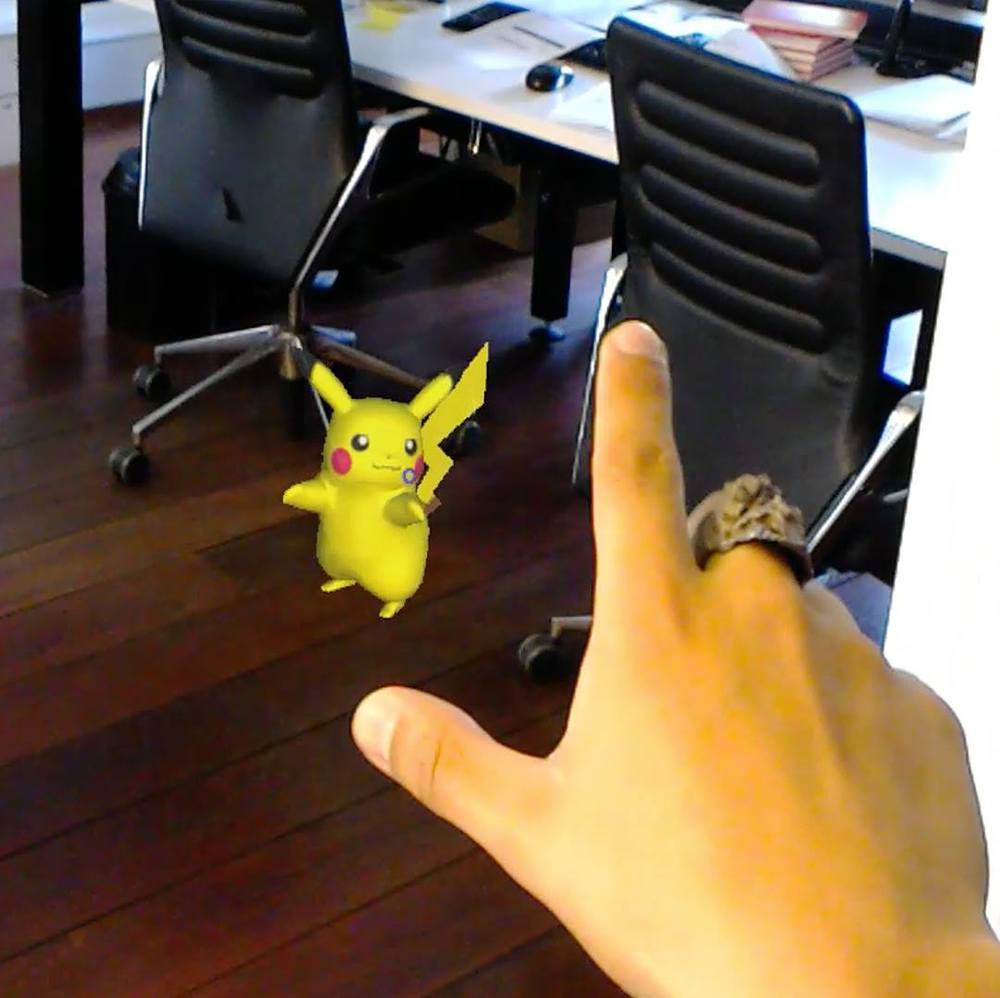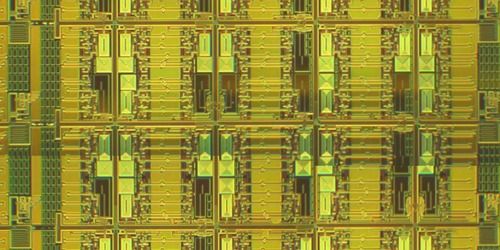Researchers at the University of California, Riverside have developed a transparent “window to the brain” — a skull implant that is biocompatible, infection-resistant, and does not need to be repetitively replaced.
Part of the ongoing “Window to the Brain” project, a multi-institution, cross-disciplinary effort, the idea is to use transparent skull implants to provide laser diagnosis and treatment of a wide variety of brain pathologies, including brain cancers, traumatic brain injury, stroke, and neurodegenerative diseases, without requiring repeated craniotomies (a surgical operation in which a bone flap is temporarily removed from the skull to access the brain). Such operations are vulnerable to bacterial infections.
A biocompatible transparent material
The researchers have developed a transparent version of the material yttria-stabilized zirconia (YSZ), a ceramic material used in hip implants and dental crowns.


